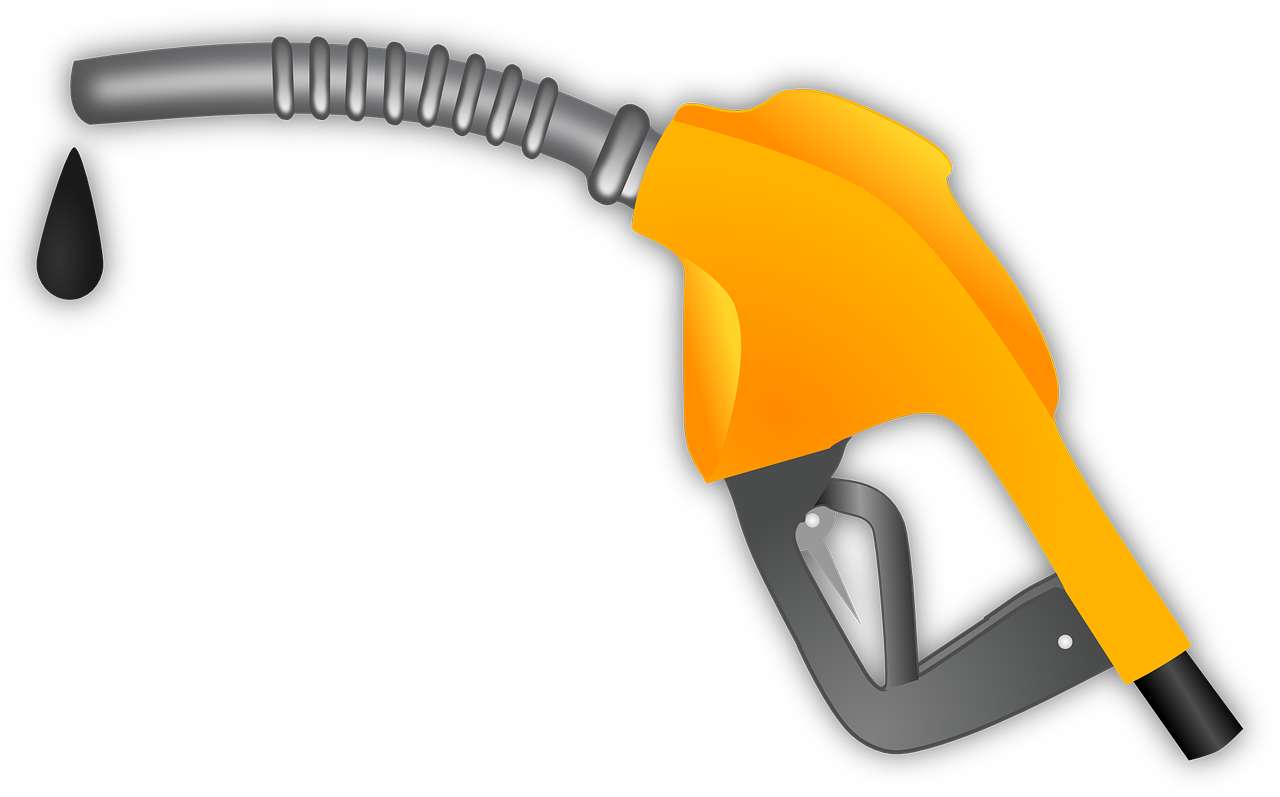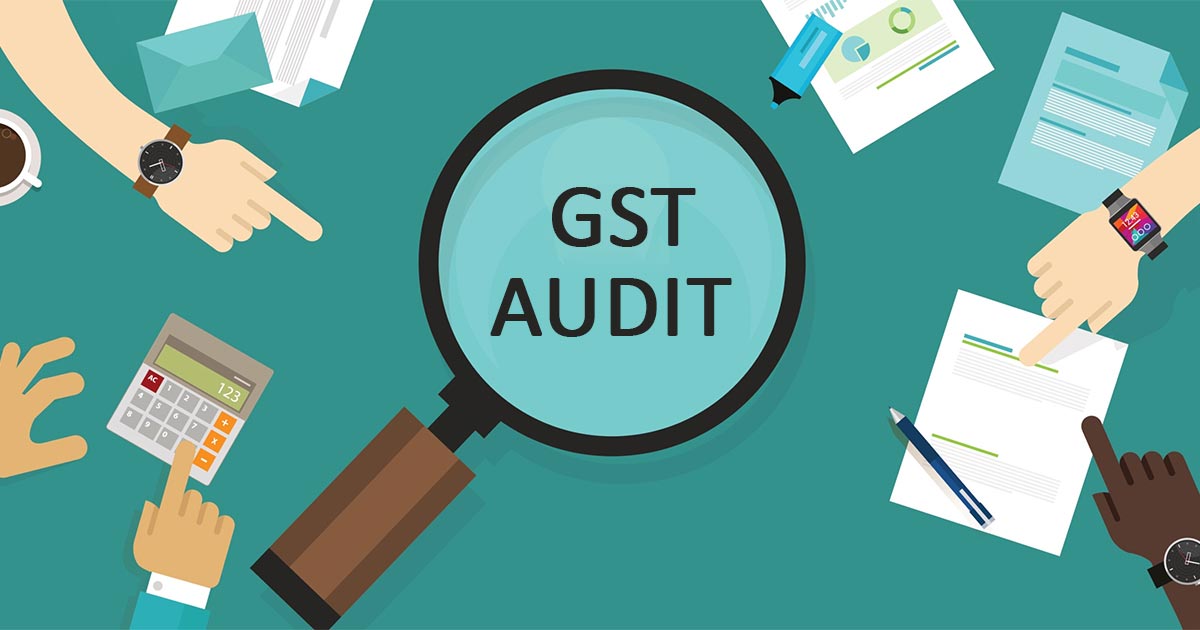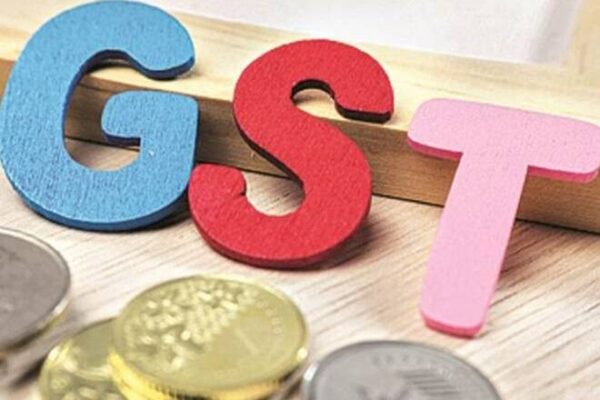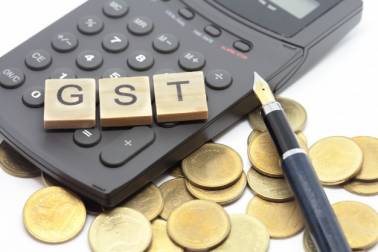The SBI economists said bringing petrol and diesel under the goods and services tax is an unfinished agenda of the GST framework and getting the prices under the new indirect taxes framework can help
Petrol price can go down to ₹75 a litre across India if brought under the ambit of the Goods and Services Tax (GST), but there is a lack of political will, which is keeping Indian oil product prices at one of the highest in the world, economists at SBI said on Thursday.
Diesel will come down to ₹68 a litre and the revenue loss for the Central Government and states will be only ₹1 lakh crore or 0.4% of GDP, according to the calculation by the economists made under the assumption of global crude prices at $60 a barrel and exchange rate at ₹73 per dollar.
Petrol price can go down to ₹75 a litre across India if brought under the ambit of the Goods and Services Tax (GST), but there is a lack of political will, which is keeping Indian oil product prices at one of the highest in the world, economists at SBI said on Thursday.
Diesel will come down to ₹68 a litre and the revenue loss for the Central Government and states will be only ₹1 lakh crore or 0.4% of GDP, according to the calculation by the economists made under the assumption of global crude prices at $60 a barrel and exchange rate at ₹73 per dollar.
“Centre and states are loathe to bring crude oil products under the GST regime as sales tax/VAT (value added tax) on petroleum products is a major source of own tax revenue for them. Thus, there is lack of political will to bring crude under the ambit of GST,” they said.
Every state has its own tax structure. The states choose to levy a combination of ad valorem tax, cess, extra VAT/Surcharge based on their needs. These taxes are imposed after taking into account the crude price, the transportation charge, the dealer commission and the flat excise duty imposed by the centre. The multiple taxes have made POL product prices one of the highest in the world, they added.
The Centre also collects its own duties and cess. Petrol prices have touched ₹100 per litre in some pockets of the country and concerns are being expressed about the high taxation which is making the fuels dearer.
The research report of SBI’s Economic Research Department, authored by Soumya Kanti Ghosh, Group Chief Economic Adviser, SBI, recommends the following tax structure for petrol and diesel if the Centre includes petrol and diesel in the GST regime also. The base estimate is based on the following assumptions:
- Crude price at $60/bbl,
- Rupee dollar exchange rate at ₹73
- Transportation changes of ₹7.25 for diesel and ₹3.82 for petrol
- Dealer commission of ₹2.53 for diesel and ₹3.67 for petrol
- Cess of ₹30 for petrol and ₹20 for diesel, with equal division between States and Centre ( ₹15 for states and Centre each for petrol and likewise for diesel at ₹10) and finally
- GST rate at 28% (Centre: 14%, State: 14%)
- FY22 Petrol consumption growth rate : 10% y-o-y, Diesel Consumption growth rate : 15% y-o-y
Assuming for the crude prices and dollar rate, transportation charges at ₹7.25 for diesel and ₹3.82 for petrol, dealer commission of ₹2.53 for diesel and ₹3.67 for petrol, cess of ₹30 for petrol and ₹20 for diesel which will be divided equally between the Centre and states, and GST rate at 28%, the economists came at the final price estimates.
Growth in the consumption – diesel going up 15% and petrol by 10% – has been used to assess the ₹1 lakh crore fiscal impact of getting petroleum prices under GST, it said.
An increase of $1 in the crude oil prices will push up the petrol price by around 50 paise and diesel prices by around ₹1.50, and bring down the overall deviation by around ₹1,500 crore under the baseline scenario, it said.
States, which have the highest share of tax revenues at present, will be the biggest losers if the system shifts to GST, it said, quickly adding that such a move will help consumers pay up to ₹30 less.
Interestingly, the simulation exercise suggests that when crude oil price declines by $10 per barrel, Centre and states could save close to ₹18,000 crore, if they keep the petrol prices at baseline prices without passing the benefit to consumers, which is higher than the savings of ₹9,000 crore when the crude prices go up by a same measure.
“We thus recommend the government build up an oil price stabilisation fund which can be used in bad times for compensating revenue loss by cross subsidising fund saved from good times, without hurting the consumer,” it said.
For the LPG cylinders, the economists proposed an increased and graded subsidy may be provided to poor consumers which can be tapered off over a period of, say, 5-years.
Meanwhile, the note said the latest revenue and expenditure numbers could lead to lowering of fiscal deficit to 8.7% in FY21, down from 9.5% in the revised budget estimates.
It is highly likely that the Government might cancel its ₹49,000 crore borrowing planned in the last fortnight of March, they said.
Also Read: GST Compliance Calender for the month of March, 2021
Follow us for free tax updates : facebook Twitter
***
Subscribe our portal and get FREE Tax e-books , quality articles and updates on your e-mail.
Resolve your GST queries from national level experts on GST free of cost.
TW Editorial Team comprises of team of experienced Chartered Accountants and Advocates devoted to spread the knowledge of GST amongst the various stakeholders.




